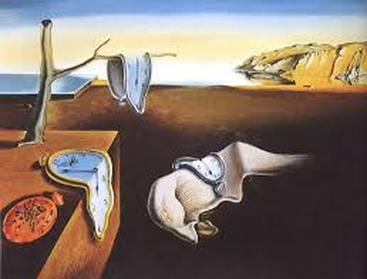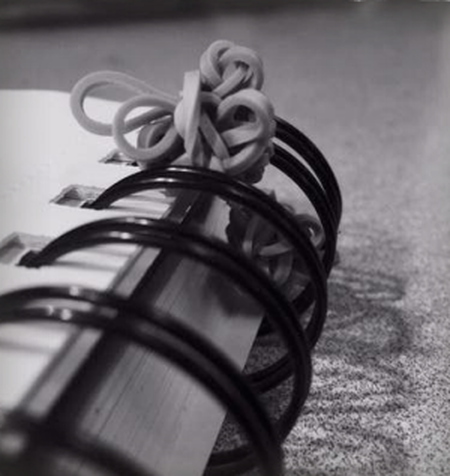|
Surrealism
A cultural movement beginning the 1920s that uses visual imagery from the subconscious mind to create art without the intention of logic. Elements present in surrealist imagery:
View the work of Erik Johansson, a modern surrealist photographer: http://www.alltelleringet.com/ Art History Challenge: Create a well designed collage using Canva or Adobe Spark (poster) of one of the above listed artists include the following:
Parameters: Image size: 8.5" x 11" Resolution: 72 dpi Upload completed collage into google classroom
1 Comment
Objective: Demonstrate your understanding of composition
Materials • Cameras • Small objects like paperclips or rubber bands • Composition is a key secret to making great art. • Composition can make even boring objects look interesting. • You are challenged to prove that even objects like paperclips and rubber bands can become interesting when arranged well. Check out the art work by Steve Axford. Create: Get into groups of three or four students- Make sure that your group has an expert in it. Get objects that are quite simple Work together to come up with four pictures of their objects with strong compositions. Edit as you go. It often takes multiple tries to get a winning shot Place the four examples into a presentation and label each example- You may use Adobe Spark, Google Slides or other presentation. Turn this into classroom Types of Compositions: Rule of Thirds Golden Ratio Leading Lines Framing Diagonals Figure to Ground Fill the Frame Center the Dominant Eye Patterns and Repetition Symmetry Watch this video...
https://mass.pbslearningmedia.org/resource/i-could-do-that-artassign-1062 |


 RSS Feed
RSS Feed
